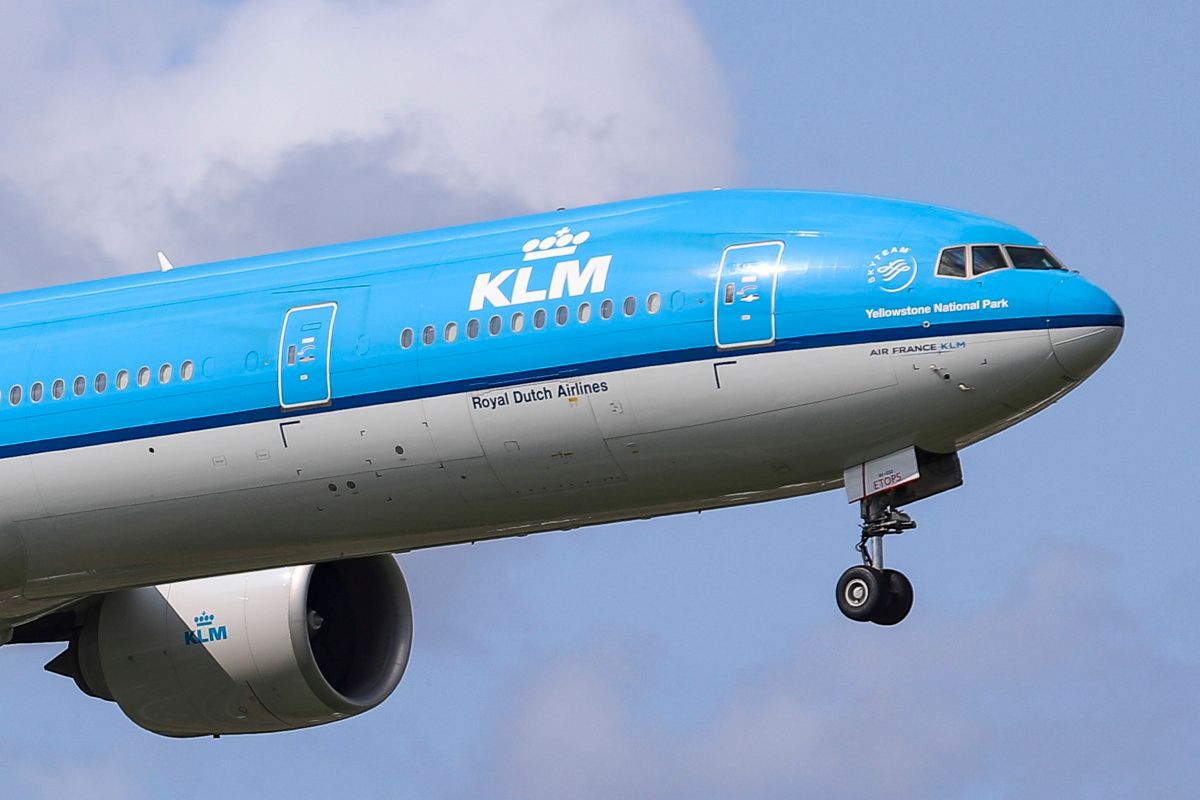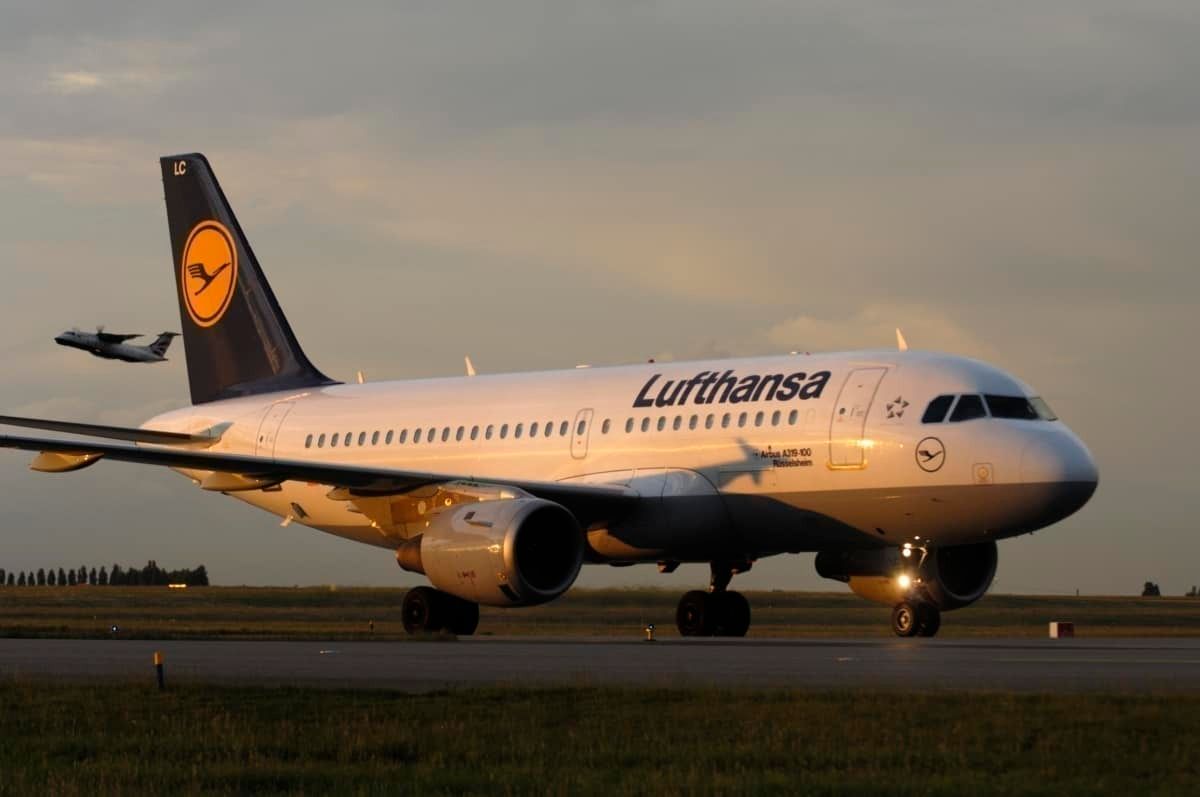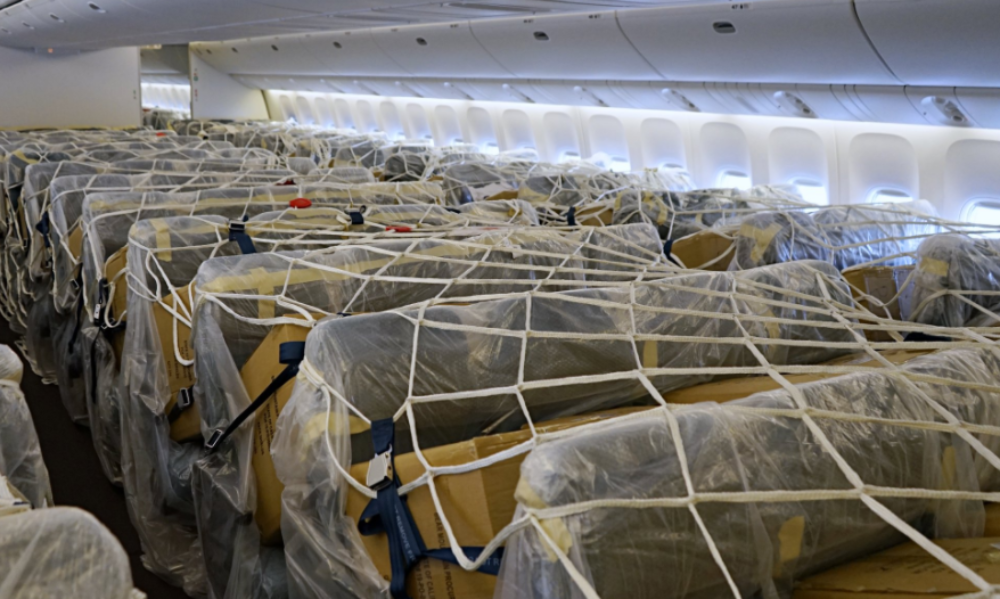The European Union Aviation Safety Agency (EASA) intends to impose a limit of 2,000 flight hours on passenger airliners converted to carry cargo. The agency has designed the measure to mitigate the potentially higher fire risk on such aircraft.
Preighters - born out of the pandemic
The European Union Aviation Safety Agency (EASA) has revealed its intentions to limit preighters to 2,000 flight hours up to December 31st, 2021. The move was highlighted as part of a review into passenger to cargo conversions, published last week. This regulation should mitigate the higher risk of catastrophic fire that would otherwise be present aboard such aircraft.
The term 'preighter' was first coined by Lufthansa in May, and refers to passenger aircraft that airlines have converted to carry freight. Such airliners have become an increasingly common phenomenon since the coronavirus pandemic halted the majority of passenger air travel. It has allowed airlines to make use of aircraft that would otherwise remain unused to instead provide increased cargo capacity across their networks.
Stay informed: Sign up for our daily aviation news digest.
Airlines can then carry freight aboard such aircraft by strapping it down to its seats, as Cathay Pacific has done. However, some carriers, such as SWISS and Hi Fly, have removed some or all of an aircraft's seats in order to further increase its cargo capacity.
Meanwhile, in April, KLM brought two of its retired Boeing 747 'Combi' aircraft back into service. Designated as the Boeing 747-400M, these aircraft already had a designated additional area for cargo storage at the rear of the lower deck, which was fully compliant with safety regulations such as fireproofing.
Increased fire risk on converted aircraft
Unlike KLM's 747 Combi, however, newly-converted preighters were not designed with such use in mind. As such, EASA has perceived this operational flexibility as something that could place carriers at a higher risk of severe fire. Specifically, it is said that the typical assumptions of fire criticality in a cabin designed to carry passengers would no longer be applicable should such a cabin be converted to carry freight.
The EASA initially proposed a special condition to ensure that safety levels in converted cabins matched those of conventional cargo holds. However, following a lengthy consultation that saw almost 170 comments reviewed, the agency concluded that applicants could "underestimate the hazard" of cargo fires, due to the complexity of undertaking a fire risk assessment.
Furthermore, it added that "the initially proposed certification approach could have been successful only through the introduction of very severe limitations to the type of cargo allowed in the cabin."
As such, EASA elected instead to limit such aircraft to 2,000 flight hours up to December 31st, 2021. This mitigation strategy assumes that no more than 2,500 aircraft will be converted, with the agency seeing the limits as "sufficiently conservative" based on statistical evidence concerning the likelihood of cargo fire.
The EASA also intends to set out a framework for fire protection and loading restrictions aboard preighters, as well as prohibited cargo that could become projectiles. Going forward, the agency plans to monitor the implementation of cabin design changes based on its framework, with the aim of confirming the validity of its risk-mitigation strategy.



